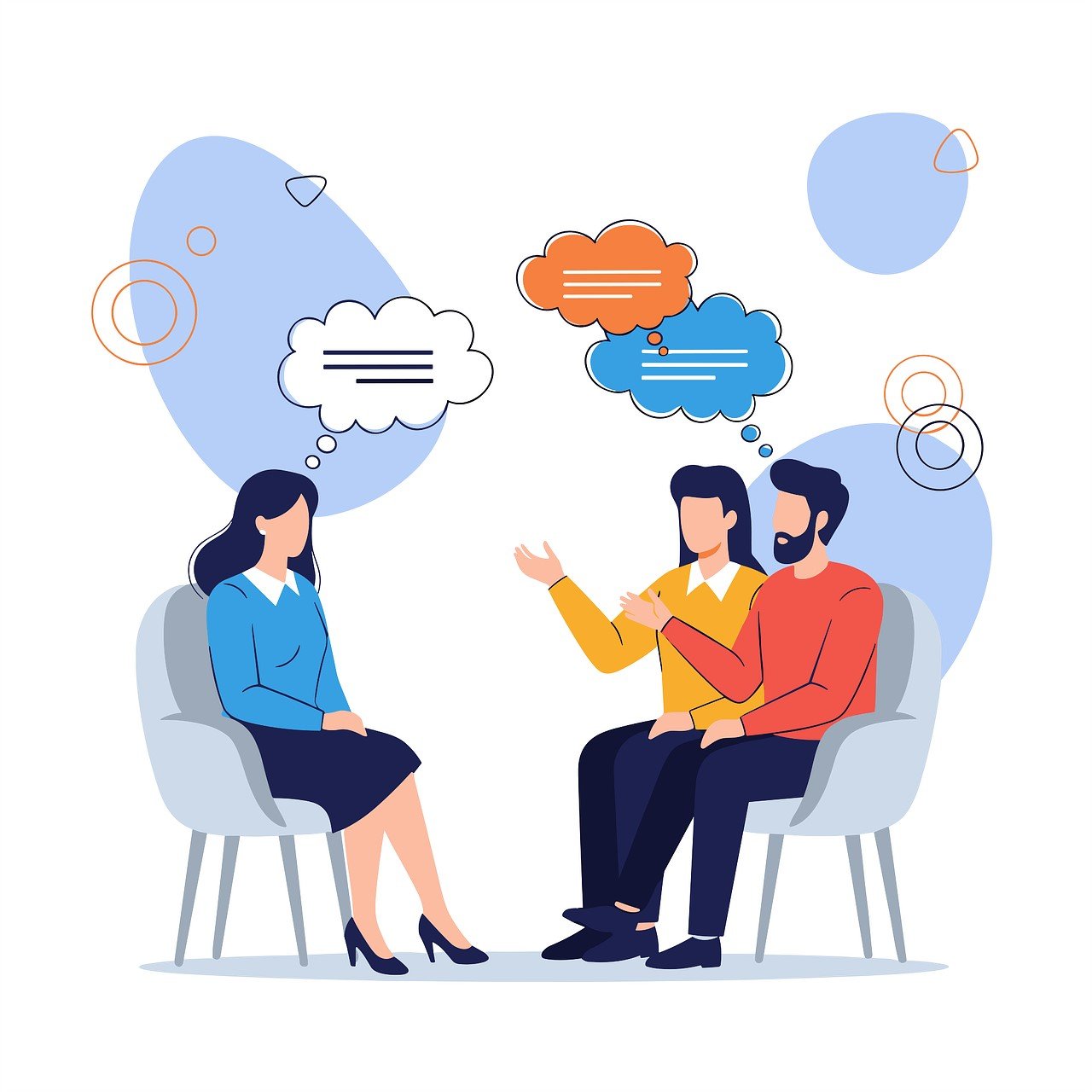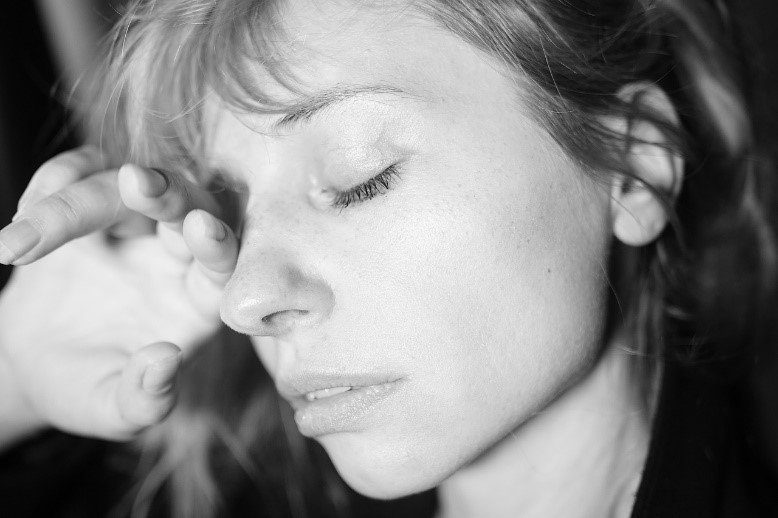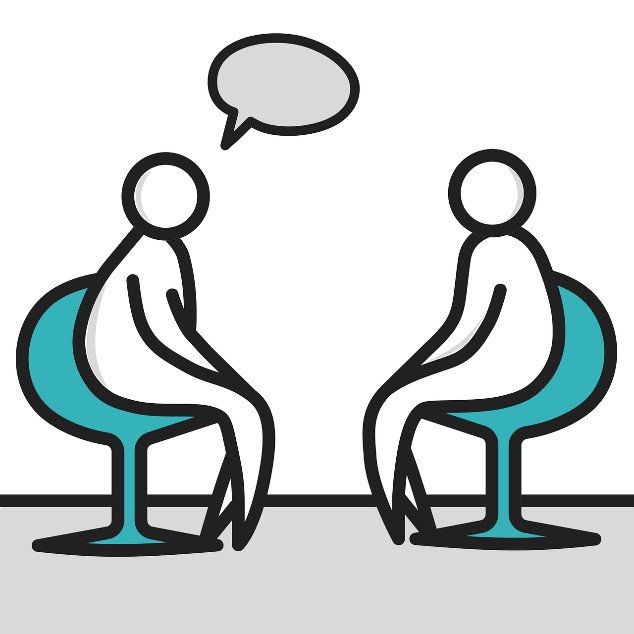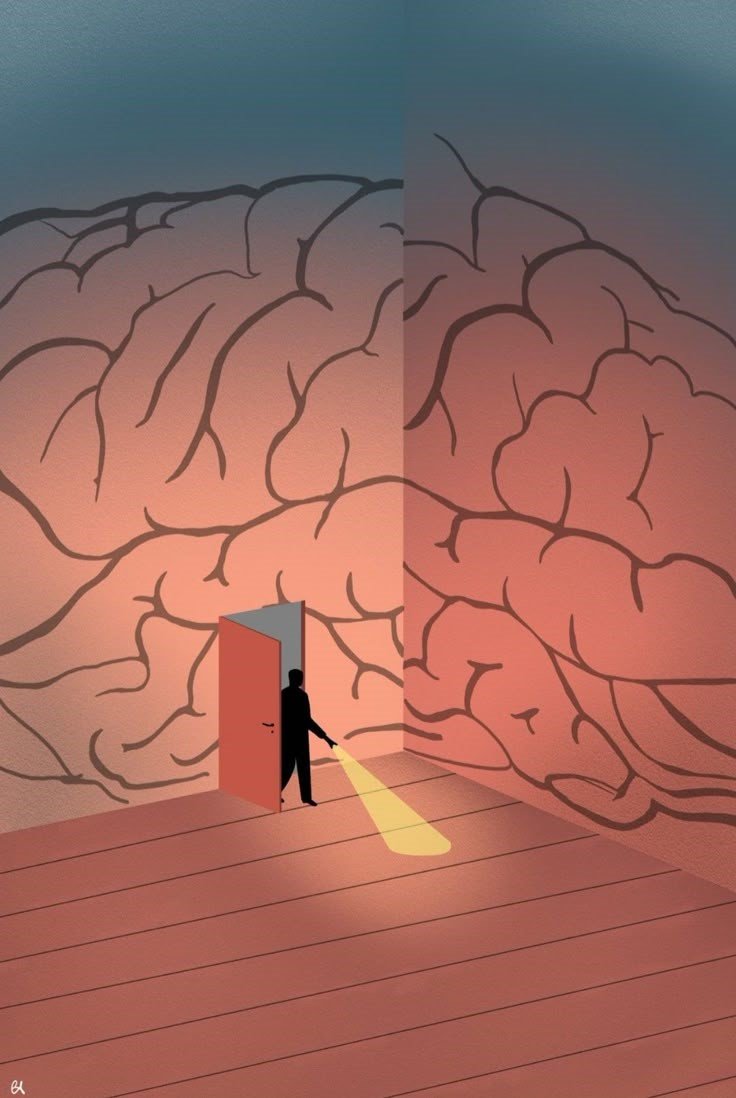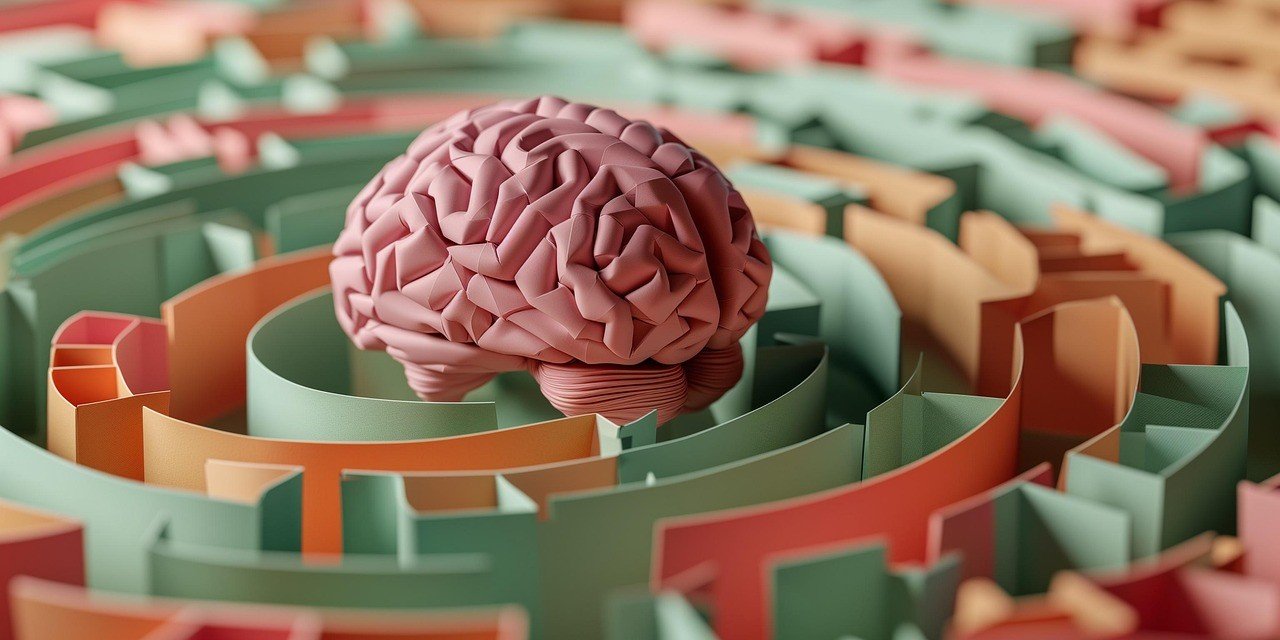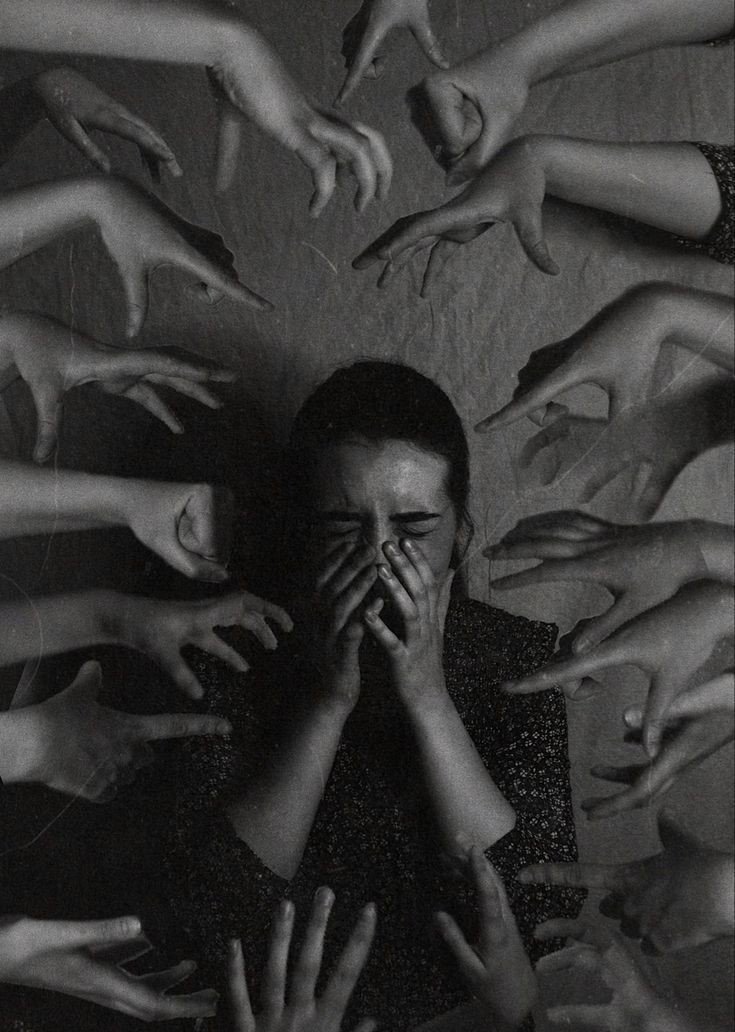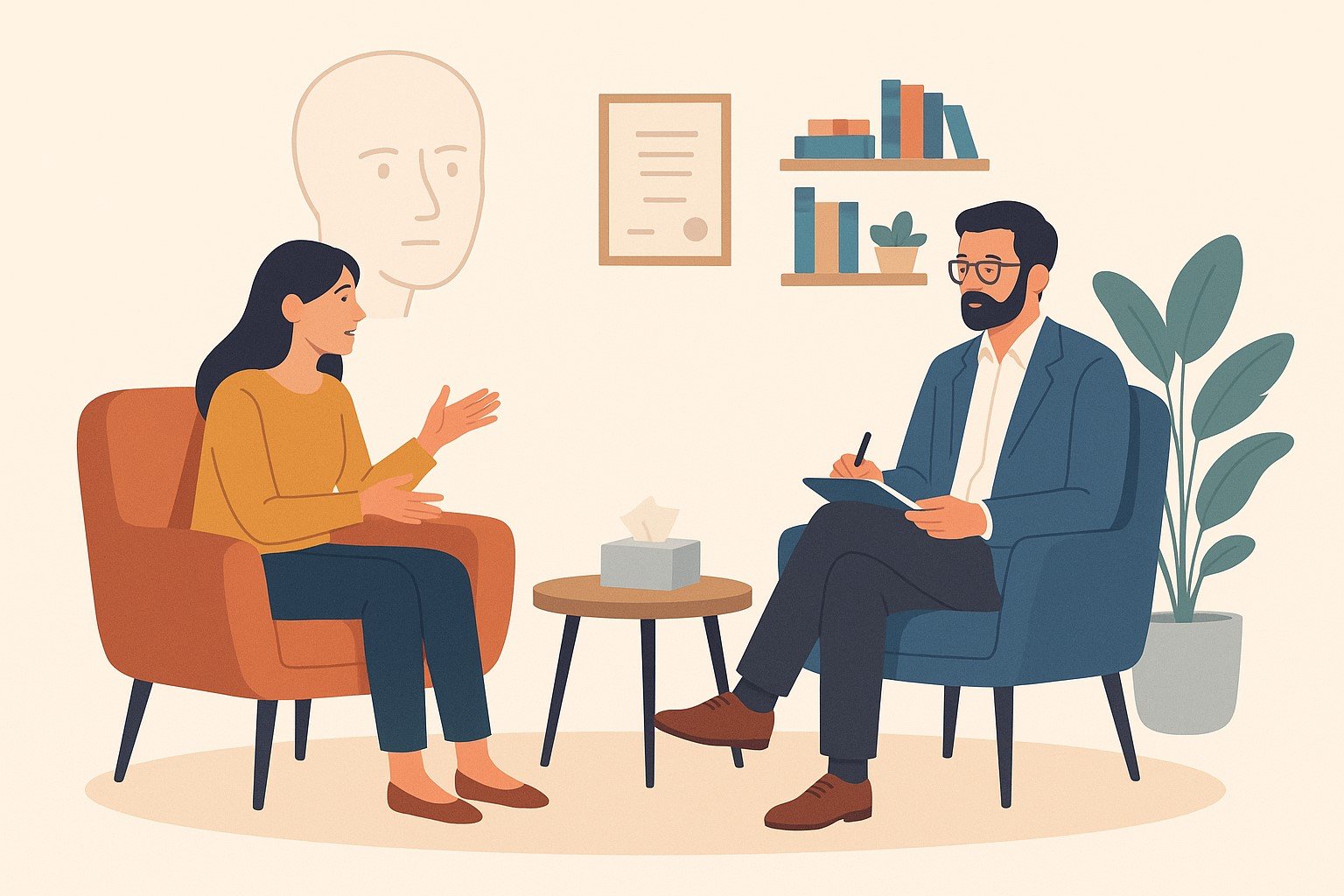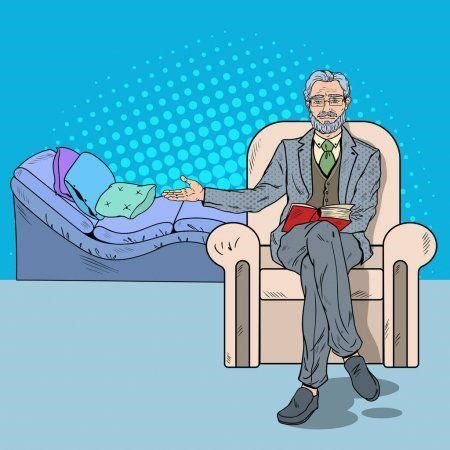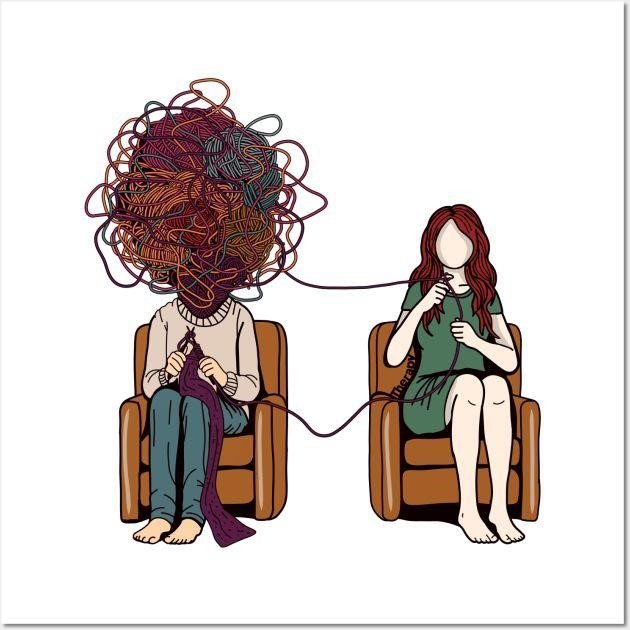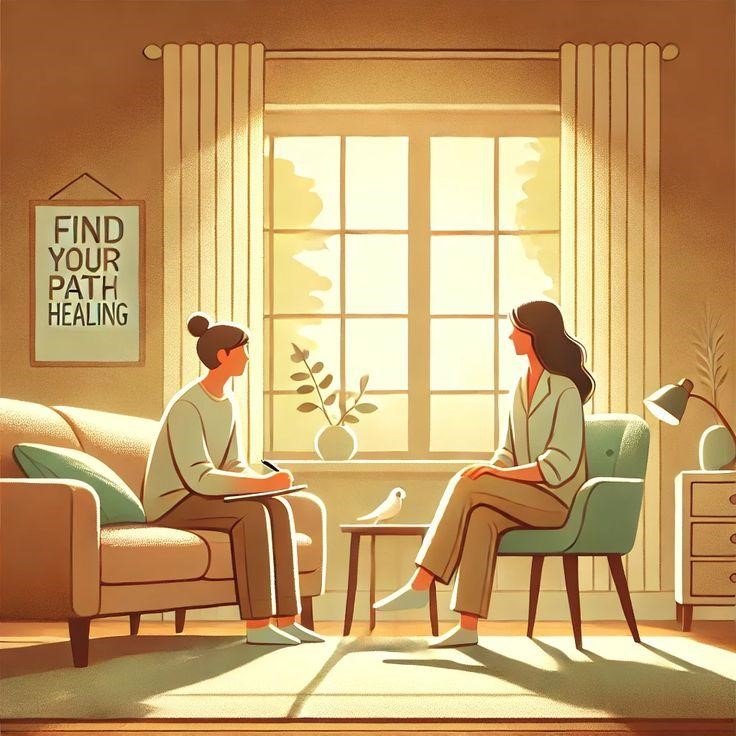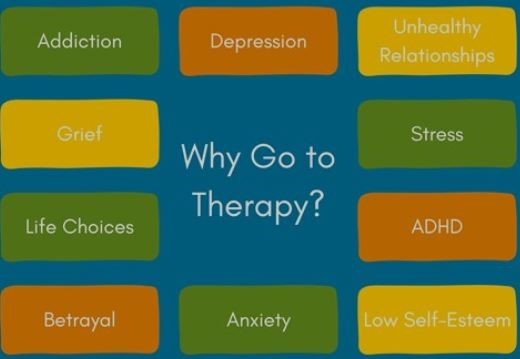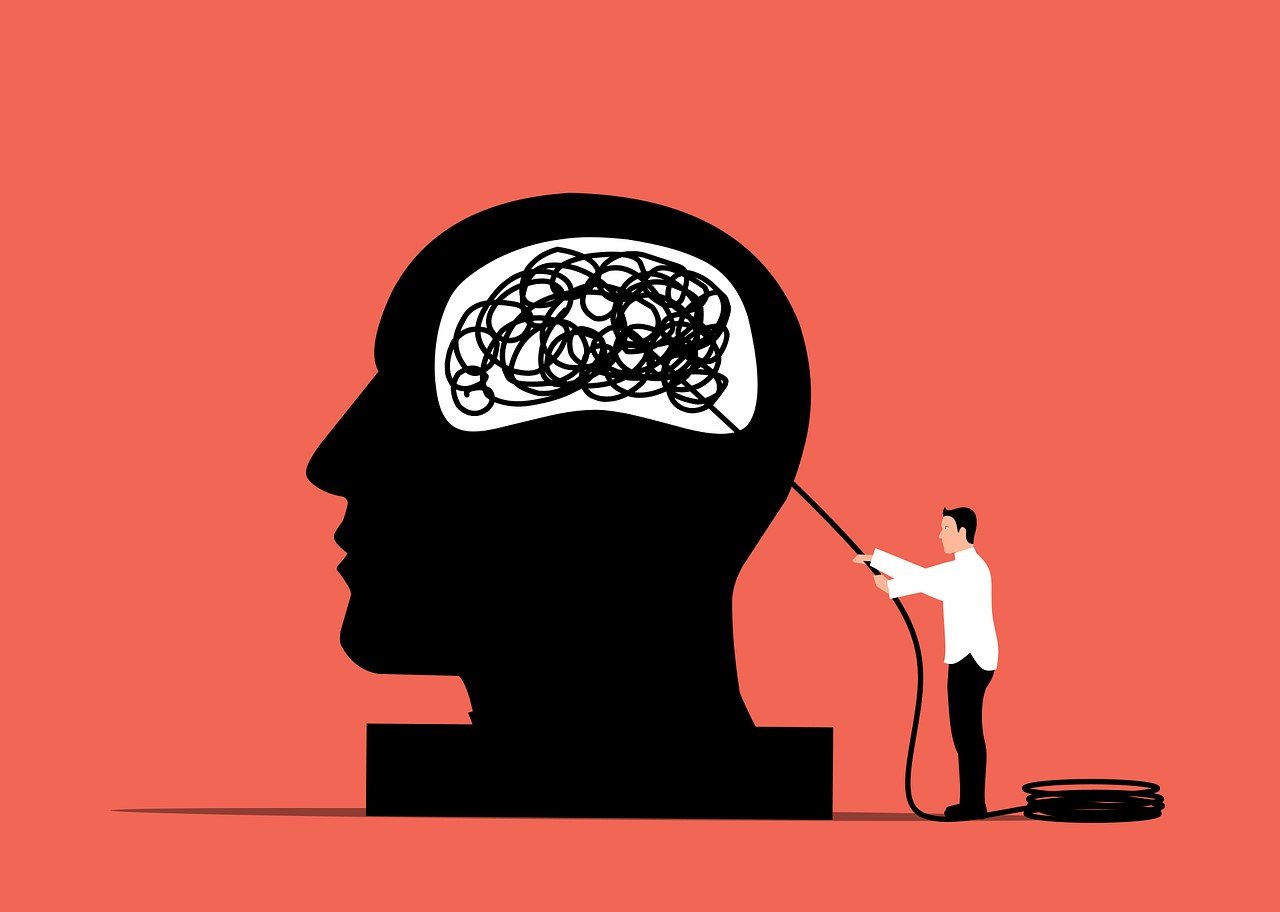Psychotherapy Techniques That Really Work
Psychotherapy Techniques That Really Work
Psychotherapy techniques that truly work are not magic , they’re practical tools we fit to a real person’s life. As a therapist at Heal&Thrive working with people across California and nearby communities, I’ve seen powerful change when the right technique meets the right person. (Wait , not “one size fits all.” Let me be clear: it’s never that simple.)
I remember a client , I’ll call her “Maya” to keep things private , who came to me frantic, convinced therapy “wouldn’t help.” She’d tried talk therapy before and left feeling the same. We started with a few basic cognitive-behavioral moves (short, clear homework; reality-testing thoughts). Within weeks she had a small win: one evening she noticed a thought, named it, and chose a tiny action instead. That tiny action , and yes, I know that sounds small , began to bend the whole pattern. That’s what good psychotherapy techniques do: they create repeatable, teachable shifts.
But let’s pause for a second , because sometimes it isn’t just about anxious thoughts or everyday stress. Trauma changes the game. When someone carries the weight of childhood abuse, sudden loss, or even ongoing relational neglect, traditional short-term tools may not cut it. Trauma sits in the body, shows up in relationships, and reshapes how safe the world feels. That’s why trauma-focused therapy , approaches like EMDR, somatic grounding, and trauma-informed CBT , matters so much. These aren’t just “techniques” for the mind; they’re methods designed to meet the nervous system where it is, slowly helping the body and mind feel safe again.
Over the years, I’ve seen clients who felt “broken” by trauma gradually reclaim a sense of self. Not overnight, not perfectly , but step by step. And here’s the key: evidence-backed psychotherapy techniques do work with trauma, when they’re adapted carefully. The research is clear, but so are the lived stories I’ve witnessed in the therapy room.

This piece is for anyone curious about which psychotherapy methods actually produce results , clients, family members, students, and clinicians alike. I’ll explain evidence-backed methods (CBT, mindfulness-based approaches, psychodynamic work, behavioral techniques, trauma-focused care), how to choose among them, common barriers (resistance, access, cost), and practical steps you or your clients can start using right away.
So , if you want straightforward, usable guidance on “what works” in therapy (and why), including how trauma-focused techniques help people rebuild their lives, you’re in the right place.
Problem Identification: Challenges of Psychotherapy Techniques That Really Work
Even the best psychotherapy techniques aren’t without hurdles. In my practice at Heal&Thrive, I’ve seen that knowing why a technique may struggle for a client is just as important as knowing how to use it. Let’s break down the main challenges, including trauma-specific considerations.
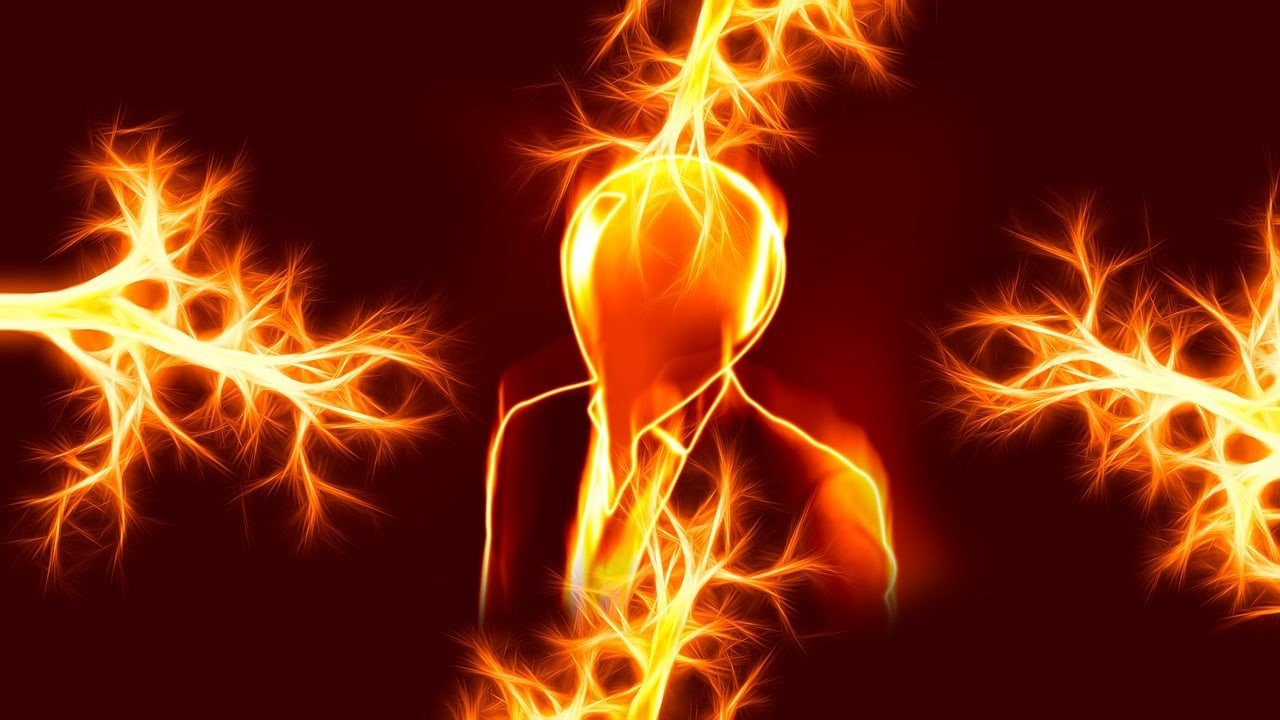
Selecting the Right Technique for Different Clients
The Challenge: Approaches that work for one person may not work for another. CBT might be a good fit for anxiety, but for clients with complex trauma or severe depression, an integrative approach may be more appropriate. Approaches work differently depending on an individual’s personality, culture, the severity of symptoms, and life contexts.
How to Address: Start with an assessment. At Heal&Thrive, we conduct an intake interview, use standardized measures, and rely on clinical judgment to anchor decisions. The written evidence suggests matching the therapy to the individual specifically. For instance, using mindfulness therapy with clients impacted by trauma to help them regulate the intensity of their emotions. Changing the perspective to psychodynamic approaches may help capture relational dynamics underlying the behaviors.
Client Resistance to Certain Techniques
The Challenge: Clients don’t always accept an approach for whatever reason. They can become resistant due to skepticism, fear of trying it, or discomfort (i.e., clients being engaged in exposure exercises for CBT, and meditation as the focus of therapy). Trauma clients may engage these most at the severity of remembering traumas.
How to Address: Building a relationship allows clients to be pushed to periodically engage any uncomfortable practice. I involve clients in the discussion and use more everyday terms to explain the rationale for using, let’s say, mindfulness, and validate feelings. For example, if the patient dislikes meditation, we can start with a minute and see that they get through it, rather just asking the patient to perform a mindful meditation exercise on the first appointment. These periodic experiences can allow a shift in alliance that involves weekly small wins and reducing the resistance in thought or deed.
Limited Access to Trained Therapists
The Challenge: Specialized therapies such as trauma-focused CBT or DBT require additional specialized training on the part of the therapist, which means that in some areas there may not be enough qualified providers accepting clients.
How to Address: Many teletherapy platforms can expand access to specialized therapy, and we provide access to guided online programs and workbooks for clients to engage with while waiting for therapy to become available. There is also a commitment to maintaining ongoing professional development for our therapists which allows them to stay abreast of new or changing approaches to client work.
Cost and Time-Intensive Nature of Some Techniques
The Challenge: Some forms of long-term therapy (such as psychodynamic therapy) can become prohibitively expensive and require consecutive hours of commitment over a considerable time frame. Trauma recovery can require consecutive client hours over a period of weeks or months, which may become prohibitive.
How to Address: Short, time-limited structured interventions (i.e., Solution-Focused Brief Therapy, group therapy & tele-therapy options) can be relatively accessible methods of treatment, and we assist clients with access insurance to aid with paying for a short-term course of care.
Varying Levels of Evidence and Effectiveness
The Challenge: Some interventions and techniques are not equally research informed or backed by research–CBT, for example, is evidence based for anxiety disorders and depression; some meditation or integrative techniques require more rigorous research.
How to Address: I always advocate for the use of an evidence based practice and will clarify where the methods or techniques I am using have strong evidence and where some may only be emerging evidence. Oftentimes, evidence based techniques are combined with newer or emerging evidence based interventions to achieve the best therapeutic outcomes which requires some caution and transparency.
Cultural and Social Barriers
The Challenge: Similarly, some techniques may not align with a client’s cultural values or beliefs or simply be less familiar to them. There may also be social stigma around mental health that can present barriers to engagement. Trauma survivors from marginalized or minoritized communities are likely to experience this and potential reasons for avoidance with therapy altogether.
How to Address: Culturally sensitive therapy and psychoeducation are crucial in working through these potential barriers. We will adapt mindfulness exercises, narrative approaches, or family-involved interventions to fit their cultural context. We also help support awareness campaigns and educate clients about evolving stigma over time.
Complexity of Integrating Multiple Techniques
The Challenge: Integrative psychotherapy , which means using different approaches to therapy (CBT, mindfulness, psychodynamic work, trauma focused work) in an integrated way, is highly effective, but takes expert coordination among approaches. There are times when clinicians may accidentally create confusion for clients by not utilizing techniques accurately or being mindful of integrating techniques and interventions, and some may dilute effects of treatment.
How to Address: This takes structured and thoughtful training along with planning for each session. At Heal&Thrive, we map the therapeutic plan step by step and work to educate each client about why a given technique or methods are part of a session, when to use it, and how it aligns with and connects with other approaches.
Practical Psychotherapy Solutions: Step-by-Step Techniques That Work
We’ve talked about the problems; now it’s time to get practical. Let’s review psychotherapy strategies that have been shown to be effective, including trauma-informed methods. I’ll provide you with step-by-step instructions, suggestions for practice, and examples (all real anonymized) to support your learning.
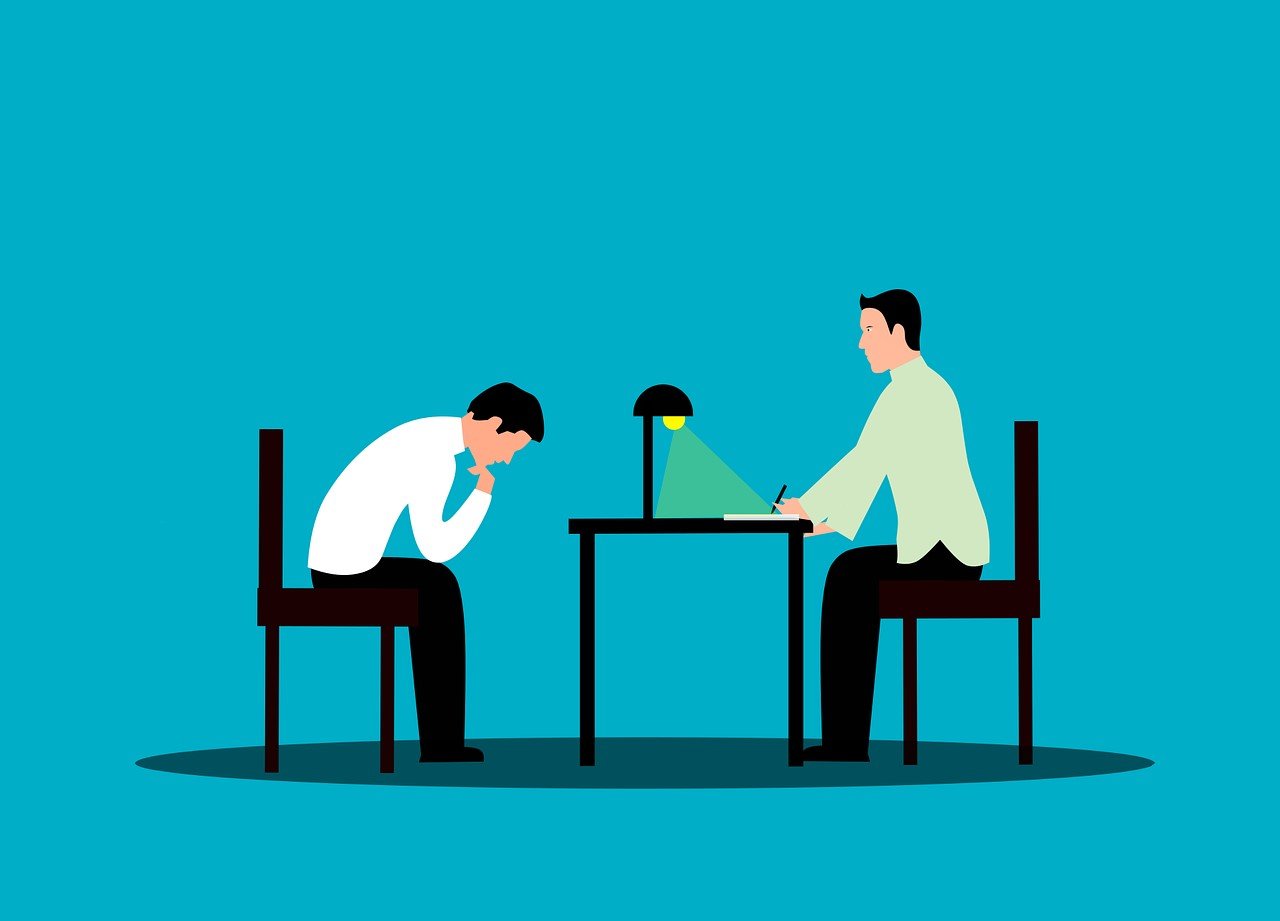
Cognitive Behavioral Therapy (CBT)
Why it works: CBT is evidenced-based and very flexible. CBT is a force that targets thoughts, feelings, and behaviors, and aims to help clients notice and reshape negative thinking patterns. There is consistent research backing the effectiveness of CBT for anxiety, depression, and trauma-based distress.
Step-by-step approach:
- Assessment: Track specific thoughts, triggers, and behaviors that contribute to distress.
- Psychoeducation: Explain clients how thoughts lead to emotions and behaviors.
- Cognitive Restructuring: Record distorted thoughts with balanced, realistic ones.
- Behavioral Experiments: Experiment with new behaviors in the real world.
- Homework: Prompt to practice skills consistently outside of a session.
Example: A client who had experienced a traumatic car accident was avoidant in getting into another car. With the assistance of CBT, we mapped out their triggers, we challenged their catastrophe thinking (“I will never be safe”), and we slowly increased exposure. Eventually, avoidance of the situation decreased, and their confidence built.
Mindfulness-Based Therapy
Why it works: Mindfulness-based approaches reduce stress, increase emotional regulation, and improve attention. Particularly helpful for trauma survivors, mindfulness anchors clients in the present, counteracting rumination and hyperarousal.
Step-by-step approach:
- Introduction: Define mindfulness and its function in the regulation of thoughts and emotions.
- Guided Practice: Begin with short exercises (breathwork, body scans, mindful observation).
- Integration: Suggest daily micro-practices (2-5 minutes of mindful breathing).
- Reflection: Process lessons learned from and challenges with the different exercises in sessions.
Example: “Jamal,” a young adult living with ADHD and anxiety, would have emotional outbursts. He began practicing breathing exercises for 3 minutes daily and slowly reported that he was calmer in difficult interactions and had better focus at school and work.
Psychodynamic Therapy
Why it works: Psychodynamic approaches open up a dialogue to uncover patterns of unconscious thought, conflict that has not been resolved, and dynamics of relational history. When there is trauma, it gets embedded into relational patterns early in life, making psychodynamic therapy well-suited for internalization and prolonged change over time from gaining insight.
Step-by-step approach:
- History-taking: Thorough personal, family, and relational history (typically a long form).
- Identification of Patterns: Discuss patterns of thoughts and/or relational/behavioral patterns.
- Interpretation: Offer observations about how past experiences influence current functioning.
- Working Through: To support the client as they practice new thought and relational engagement patterns.
Example: A client who made reference to difficulties with repeated conflict in relationship and traced the earlier patterns of abandonment back to early childhood neglect and was able to articulate, “I see where I learned not to prioritize myself or practice healthy boundaries.” This recognition led the client to prioritize her emotional needs and be able to create boundaries that were more emotionally safe and satisfying.
Behavioral Therapy Techniques
Why it works: Behavioral methods are aimed specifically at changing observable behavior through reinforcement, changing habitual patterns of behavior, and skill-building; ideal for use with ADHD, anxiety, and habits.
Step-by-step approach:
- Behavior Assessment: Define and identify target behaviors and their triggers.
- Goal Setting: Define the expected behavior goals that are realistic and will be measured over time.
- Reinforcement: Implement rewards or non-rewards to promote desirable behaviors.
- Skill-Building: Teach self-management or coping strategies.
Example: A child experiencing about homework refusal. We used token systems and structured routines to increase homework compliance and decrease amount of refusal over a matter of weeks.
Trauma-Focused Therapy
Why it works: Trauma-focused approaches address the impact of trauma on a client. Therapies such as EMDR, somatic experiencing, and trauma-informed CBT can assist a client in processing traumatic memories safely, reducing hyperarousal, and regaining a sense of control.
Step-by-step approach:
- Stabilization: Teach grounding, safety, and self-regulation skills first.
- Assessment: Identify trauma history and current triggers.
- Processing: Process the traumatic memories using evidence-based techniques and methods.
- Integration: Assist clients in understanding or making sense of experiences and develop helpful new coping strategies.
Example: A survivor of domestic violence reported nightmares and was hypervigilant. Through a combination of EMDR and some grounding exercises she was able to gradually mitigate anxiety and improve her sleep patterns.
Group Therapy Techniques
Why it works: Group therapy provides social support, modeling, and accountability. Trauma survivors, those with anxiety, or individuals with ADHD often benefit from shared experiences and peer learning.
Step-by-step approach:
- Screening and Orientation: Ensure safety, confidentiality, and suitability.
- Structured Sessions: Mix psychoeducation, skills practice, and discussion.
- Peer Feedback: Encourage constructive support among participants.
- Homework and Practice: Implement learned skills in real life.
Example: In a group for adults with ADHD, participants shared coping strategies, practiced time management skills, and reported feeling less isolated in their challenges.
Implementation Stories, Challenges & Fixes, and Measuring Success
Implementation Stories
- CBT Example: A PTSD client decreased avoidance behavior over time, using exposure techniques and cognitive restructuring. Over the course of sessions spanning weeks, their consistent small wins began to create authentic changes in their life.
- Mindfulness Example: Clients with ADHD practiced brief breathing exercises regularly, enhancing their focus and emotional regulation, and achieving school or work success.
- Trauma-Focused Example: Survivors of domestic violence utilized EMDR and grounding exercises to reduce anxiety and hypervigilance and improve sleep quality.
Insight: The foundation for success builds on students practicing techniques consistently, individualized instructional plans, and instrumental to slowly introduce the approaches. Often, small actions practiced repeatedly lead to the largest shifts over time.

Common Challenges & How to Fix Them
- Client resistance: Introduce small exercises the client views as doable. Explain reasons for any exercises, and build rapport.
- Cost & time constraints: Save time while helping clients alleviate the financial burden by exploring brief therapy, online or virtually, or group therapy.
- Limited access to specialized therapists: Clients have access to teletherapy, or can consider online guided programs, or professionals who have established networks.
- Integrating multiple techniques: As the practitioner- facilitate discussion and reflection during the sessions, and organize sessions with careful thought so the client does not get confused with so many learning methods along the way.
Success Metrics
- Decrease in anxiety, depression, or PTSD symptoms
- Enhanced emotional regulation and overall functioning
- Accomplishment of individualized goals (homework completion, improved relationships, self-care practices)
- Increased feelings of safety, self-efficacy, and coping resources for trauma survivors
Psychotherapy approaches that are effective include those that are matched to the individual (e.g., personality, development, and experience), evidenced-based, and how they are put into practice. Everything from CBT to mindfulness, psychodynamic approaches, trauma-informed therapy, and group work, derive from the following components: relational approach (authentic trust) and building upon practice that is slow and incremental. Trauma work requires stabilization, thoughtful attention, and interventions aimed at mind and body that facilitate concern over lasting change. Small definitive wins, such as breathing through a piece of homework, completing the homework, and/or decreasing unwanted behaviors will accumulate over time to yield enthusiastic change.
At Heal&Thrive, we want to offer accessible, effective, and compassionate therapy. Clients receive not only relief from symptoms, but develop more resilience, self-efficacy, and emotional wellness, through their engagement with the process of self-understanding the challenge, understanding the method, and recognizing progress to establish more of a psychological outcome.
Take a first step today. Contact us, download our ebook, or book a session and took the first step over your trajectory of healing and thriving.
At Heal&Thrive, we believe everyone deserves therapy that works. Here’s how you can take the next step:
- Contact Our Therapists: Speak directly with experienced professionals who will help identify which psychotherapy techniques best fit your needs, including trauma-focused approaches.
- Download Our Free Guide: Access practical, step-by-step instructions on CBT, mindfulness, psychodynamic therapy, and behavioral strategies , perfect for home practice or supplementing therapy sessions.
- Book a Personalized Session: Start implementing evidence-based techniques tailored to your specific challenges. Whether it’s anxiety, ADHD, trauma, or relationship difficulties, our therapists guide you every step of the way.
Don’t wait for change to happen on its own , take action now and empower yourself with tools that are proven to work.


